Vauxhall Combo vs Renault Kangoo – Performance, range & efficiency compared
Two cars, one duel: Vauxhall Combo meets Renault Kangoo.
Which one wins in performance, efficiency and value for money? Find out now!
Costs and Efficiency:
When it comes to price and running costs, the biggest differences usually appear. This is often where you see which car fits your budget better in the long run.
Renault Kangoo has a slight advantage in terms of price – it starts at 23100 £, while the Vauxhall Combo costs 24800 £. That’s a price difference of around 1791 £.
Fuel consumption also shows a difference: Renault Kangoo manages with 5.20 L and is therefore barely noticeable more efficient than the Vauxhall Combo with 5.50 L. The difference is about 0.30 L per 100 km.
In terms of energy consumption, the advantage goes to the Vauxhall Combo: with 18.50 kWh per 100 km, it’s slight more efficient than the Renault Kangoo with 20.20 kWh. That’s a difference of about 1.70 kWh.
As for range, the Vauxhall Combo performs somewhat better – achieving up to 345 km, about 60 km more than the Renault Kangoo.
Engine and Performance:
Power, torque and acceleration are the classic benchmarks for car enthusiasts – and here, some clear differences start to show.
When it comes to engine power, the Vauxhall Combo has a slight edge – offering 136 HP compared to 130 HP. That’s roughly 6 HP more horsepower.
In acceleration from 0 to 100 km/h, the Vauxhall Combo is minimal quicker – completing the sprint in 11.30 s, while the Renault Kangoo takes 11.60 s. That’s about 0.30 s faster.
There’s no difference in top speed – both reach 184 km/h.
There’s also a difference in torque: Vauxhall Combo pulls barely noticeable stronger with 300 Nm compared to 270 Nm. That’s about 30 Nm difference.
Space and Everyday Use:
Beyond pure performance, interior space and usability matter most in daily life. This is where you see which car is more practical and versatile.
Both vehicles offer seating for 7 people.
In curb weight, Vauxhall Combo is slight lighter – 1530 kg compared to 1585 kg. The difference is around 55 kg.
In terms of boot space, the Renault Kangoo offers somewhat more room – 950 L compared to 850 L. That’s a difference of about 100 L.
In maximum load capacity, the Renault Kangoo performs to a small extent better – up to 3050 L, which is about 357 L more than the Vauxhall Combo.
When it comes to payload, Vauxhall Combo evident takes the win – 840 kg compared to 609 kg. That’s a difference of about 231 kg.
Who comes out on top?
Overall, the Vauxhall Combo shows itself to be offers a more balanced package and secures the title of DriveDuel Champion.
It convinces with the more balanced overall package and proves to be the more versatile choice for everyday use.
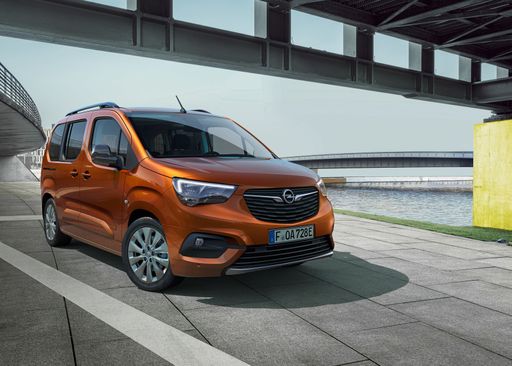
Vauxhall Combo
Vauxhall Combo
The Opel Combo high-roof estate car stands out for its impressive versatility, making it an ideal choice for both families and professionals. Its spacious interior and clever storage solutions ensure a comfortable ride and plenty of room for all your needs. With a focus on practicality and efficient design, the Combo seamlessly combines functionality with modern driving technology.
details @ media.stellantis.com
@ media.stellantis.com
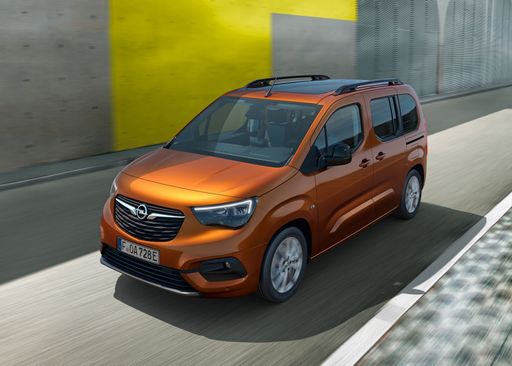 @ media.stellantis.com
@ media.stellantis.com
 @ media.stellantis.com
@ media.stellantis.com
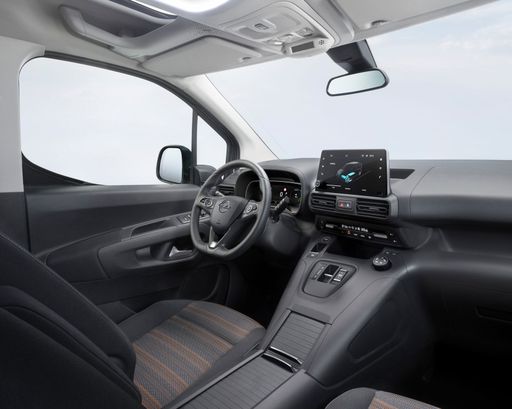 @ media.stellantis.com
@ media.stellantis.com
Renault Kangoo
The Renault Kangoo high-roof van delivers a practical and versatile solution for both family and commercial use, with its spacious interior and adaptable seating arrangements. Its modern design and user-friendly features provide comfort and convenience, making it an appealing option for those needing a reliable workhorse. Additionally, the efficient engine options ensure a balanced approach to performance, keeping running costs manageable for everyday driving.
details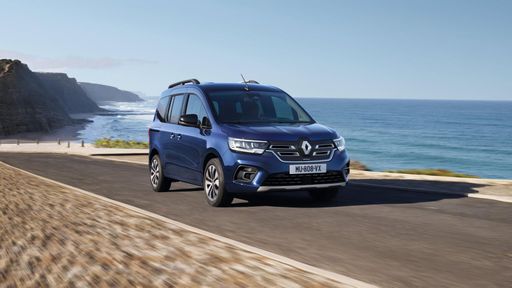 @ Renault
@ Renault
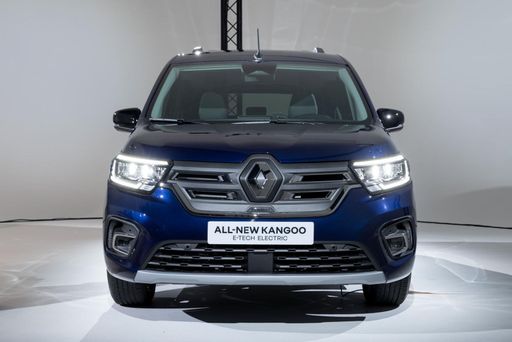 @ Renault
@ Renault
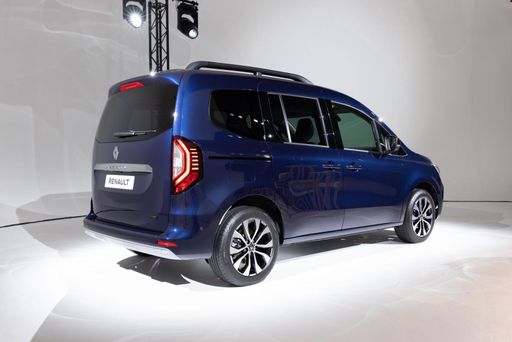 @ Renault
@ Renault
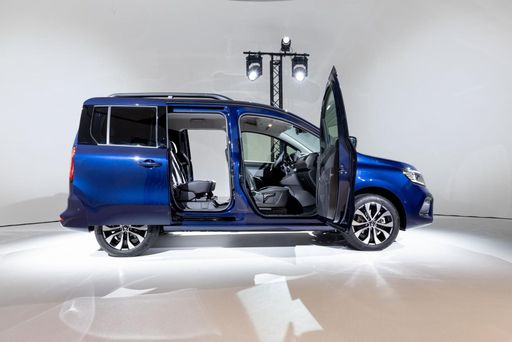 @ Renault
@ Renault
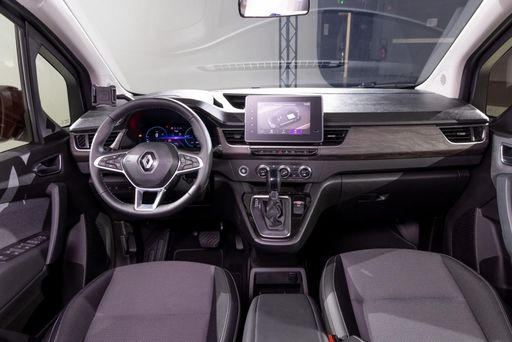 @ Renault
@ Renault
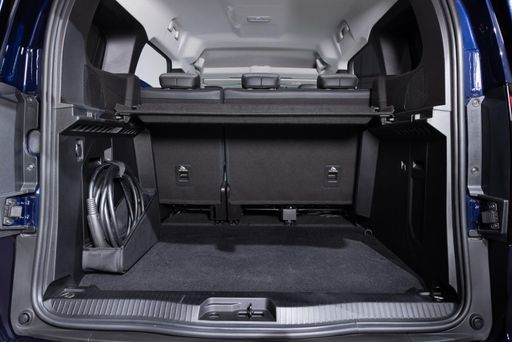 @ Renault
@ Renault

|

|
|
|
|
Costs and Consumption |
|
|---|---|
|
Price
24800 - 36500 £
|
Price
23100 - 36200 £
|
|
Consumption L/100km
5.5 - 5.9 L
|
Consumption L/100km
5.2 - 7.1 L
|
|
Consumption kWh/100km
18.5 - 18.8 kWh
|
Consumption kWh/100km
20.2 - 21.5 kWh
|
|
Electric Range
333 - 345 km
|
Electric Range
278 - 285 km
|
|
Battery Capacity
-
|
Battery Capacity
-
|
|
co2
0 - 155 g/km
|
co2
0 - 161 g/km
|
|
Fuel tank capacity
53 L
|
Fuel tank capacity
54 L
|
Dimensions and Body |
|
|---|---|
|
Body Type
High Roof Estate
|
Body Type
High Roof Estate
|
|
Seats
5 - 7
|
Seats
5 - 7
|
|
Doors
4 - 5
|
Doors
5
|
|
Curb weight
1530 - 1922 kg
|
Curb weight
1585 - 2041 kg
|
|
Trunk capacity
597 - 850 L
|
Trunk capacity
500 - 950 L
|
|
Length
4410 - 4760 mm
|
Length
4486 - 4911 mm
|
|
Width
1848 mm
|
Width
1860 - 1919 mm
|
|
Height
1812 - 1818 mm
|
Height
1838 - 1869 mm
|
|
Max trunk capacity
2126 - 2693 L
|
Max trunk capacity
1296 - 3050 L
|
|
Payload
430 - 840 kg
|
Payload
400 - 609 kg
|
Engine and Performance |
|
|---|---|
|
Engine Type
Electric, Diesel
|
Engine Type
Diesel, Petrol, Electric
|
|
Transmission
Automatic, Manuel
|
Transmission
Manuel, Automatic
|
|
Transmission Detail
Reduction Gearbox, Manual Gearbox, Automatic Gearbox
|
Transmission Detail
Manual Gearbox, Dual-Clutch Automatic, Reduction Gearbox
|
|
Drive Type
Front-Wheel Drive
|
Drive Type
Front-Wheel Drive
|
|
Power HP
102 - 136 HP
|
Power HP
95 - 130 HP
|
|
Acceleration 0-100km/h
11.30 s
|
Acceleration 0-100km/h
11.6 - 15.6 s
|
|
Max Speed
135 - 184 km/h
|
Max Speed
130 - 184 km/h
|
|
Torque
250 - 300 Nm
|
Torque
200 - 270 Nm
|
|
Number of Cylinders
4
|
Number of Cylinders
4
|
|
Power kW
75 - 100 kW
|
Power kW
70 - 96 kW
|
|
Engine capacity
1499 cm3
|
Engine capacity
1332 - 1461 cm3
|
General |
|
|---|---|
|
Model Year
2024
|
Model Year
2022 - 2024
|
|
CO2 Efficiency Class
A, E
|
CO2 Efficiency Class
E, F, D, A
|
|
Brand
Vauxhall
|
Brand
Renault
|
What drive types are available for the Vauxhall Combo?
Available configurations include Front-Wheel Drive.
The prices and data displayed are estimates based on German list prices and may vary by country. This information is not legally binding.
